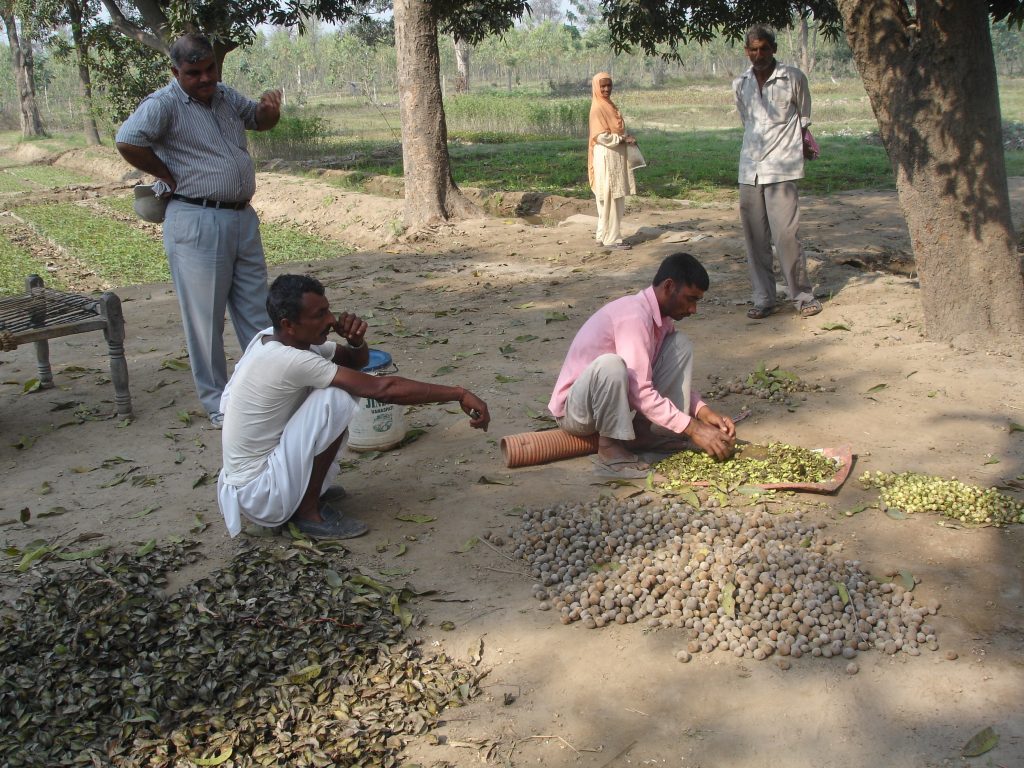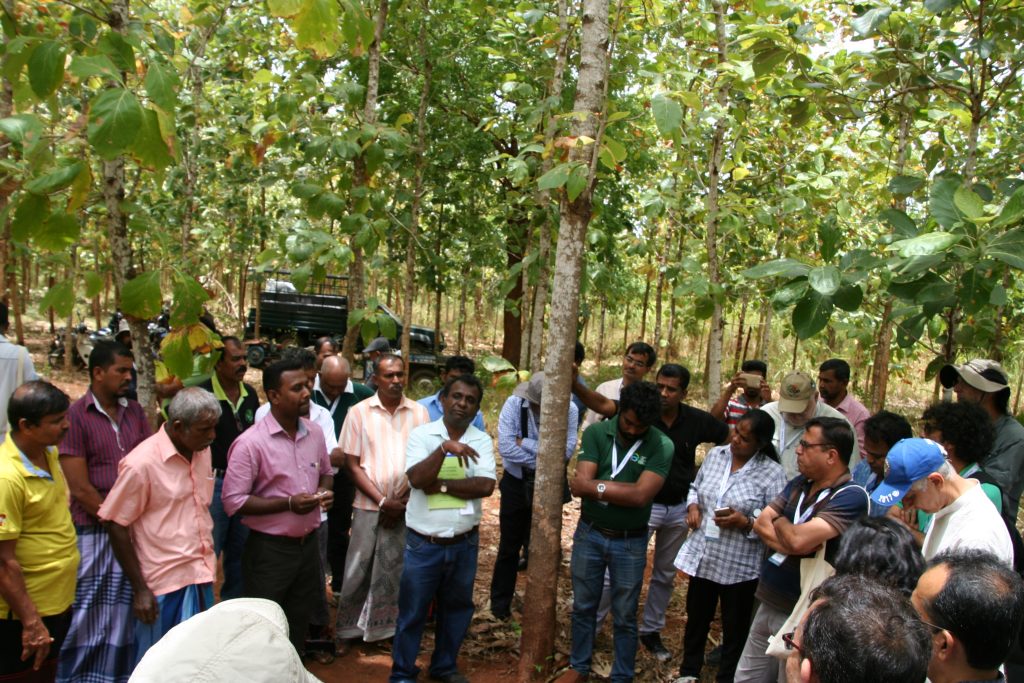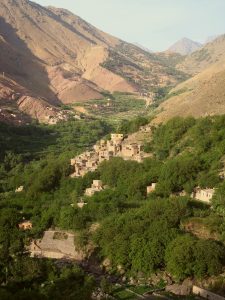Spotlight #82 – More local involvement one key to FLR success
Spotlight #82 – More local involvement one key to FLR success
“What we’ve got here is failure to communicate.”

That classic line from the Paul Newman movie, Cool Hand Luke, has since become a catch phrase to describe situations – some comical, others quite serious – that go awry when people aren’t on the same page.
Used in its more serious sense, that phrase can explain the failure of many Forest Landscape Restoration (FLR) projects.
Read more…Forest Landscape Restoration in South Asia – Sharing Best Practices
By Helinä Poutamo, IUFRO and IFSA

Community members and representatives of the Sri Lanka Forest Department share their experience with community-based agroforestry teak plantations using the taungya system–a form of agroforestry system in which short term crops are grown in the early years of the plantation of a woody perennials species in order to utilize the land, control weeds, reduce establishment costs, generate early income and stimulate the development of the woody perennials species. Photo © IUFRO 2018.
Considering the Human Dimension when Restoring Forest Landscapes

Integration of Western and Traditional knowledge in FLR planning and implementation can result in more comprehensive, locally grounded, and socially and culturally acceptable restoration projects. This scene from the Ilmil Valley in the Atlas Mountains (Morocco) depicts a mosaic of agricultural and forest management practices used by farmers to support their livelihoods and food security while conserving forest biodiversity. Photo: John Parrotta
Much has been written about forest landscape restoration (FLR) from a silvicultural or ecological perspective: techniques, approaches, methods, case studies, have all tended to focus on the practical and technical tools to implement forest restoration. However, relatively little attention has been given to human dimensions.
In fact, there is limited guidance on how to go about restoring forest landscapes when it comes to integrating both ecological and human dimensions of FLR. The need for this integration was the main motivation for the newly published book entitled Forest Landscape Restoration: Integrated Approaches to Support Effective Implementation, which was edited by Stephanie Mansourian (Consultant, member of IUFRO Task Force Forest Adaptation and Restoration under Global Change, and Research Associate, University of Geneva, Switzerland), and John Parrotta (US Forest Service and IUFRO Vice-President). Read more…
